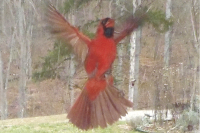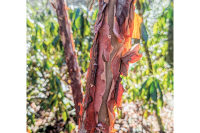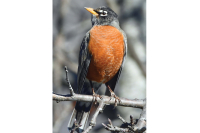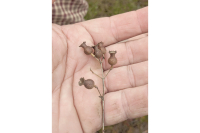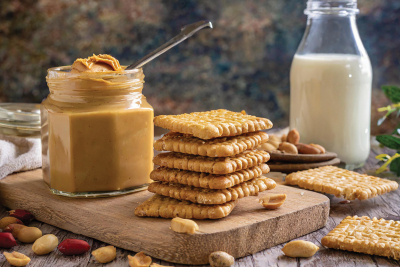Notes from a plant nerd: Like a podium
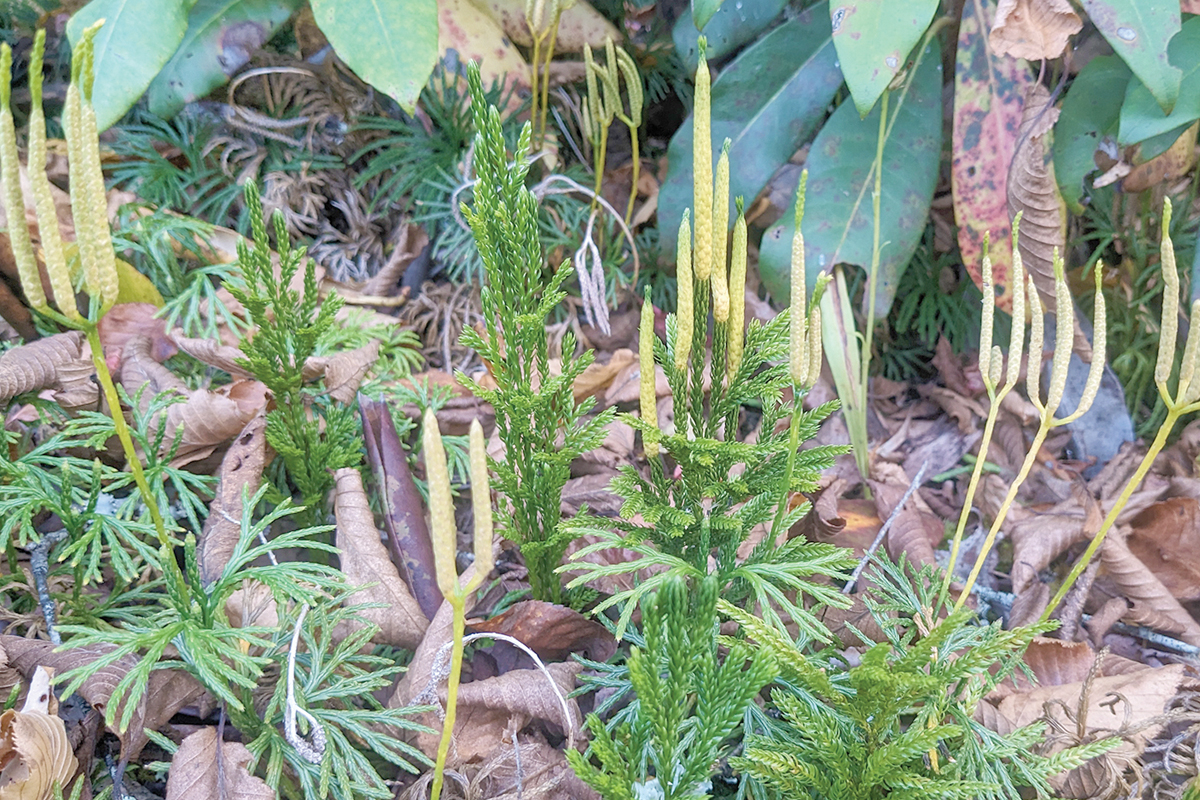 Running ground-cedar (Diphasiastrum digitatum) and ground-pine (Dendrolycopodium sp.) cover the forest floor. Adam Bigelow photo
Running ground-cedar (Diphasiastrum digitatum) and ground-pine (Dendrolycopodium sp.) cover the forest floor. Adam Bigelow photo
Creeping along the forest floor is a group of native plants that look like mosses, but aren’t mosses.
They reproduce using spores just like mosses and ferns do, but they aren’t ferns either. What are they? They are plants in the lycopodium family (Lycopodiaceae) and the clubmoss family (Huperziaceae). They’re their own thing, and they have a direct connection to nightclubs, concerts and discos.
Known by a wonderful variety of common names like running ground-cedar, turkey foot, clubmoss, fan clubmoss, firmoss, ground-pine, princess-pine and many others, plants in these two families share many characteristics, including looking like both moss and saplings of baby pine, fir or cedar trees, which lends them their common names. Surprisingly, I’ve never seen them called “wolf’s foot,” though that is what lycopodium means when you consider the root words. “Lyco-“ means “wolf” and “-podium” means “foot.”
When I first noticed shining clubmoss (Huperzia lucidula) I thought it was a clump of baby pine trees, so I took some home to transplant and pot up. Needless to say, they all died. It turns out that they don’t transplant well. You either have them growing in your landscape, or you don’t. And that is unfortunate, because if we could get them to grow well in a nursery setting, they would make a great groundcover.
All of these low-growing plants used to be in the same genus and family, Lycopodium and Lycopodiaceae respectively, but recently scientists learned new information about them and split them out into two families and more than three genus names. I still like to refer to them as lycopodiums though, as it has an easy built-in mnemonic, which is a type of memory device I use to trick my mind into remembering things. These plants stand up, like a podium.
Lycopodiums and clubmosses do not produce flowers or seeds. Rather, they reproduce by spores, which are tiny, dustmite-like particles containing a single cell that can grow into a fully mature plant. The spores are born on a structure called a strobilus (plural form is strobili) that sticks up from the top of the plant, allowing for wider dispersion of spores. When they are producing spores, known as sporulating, disturbing the strobili releases a yellow cloud of dust that drifts into the air.
Related Items
But what does all this have to do with discos, you ask? Well, long ago people discovered that the spores from lycopodiums are flammable. Were you to hold up a lit match and pluck the spore-laden strobilus, any spores that went through the flame would flicker and spark. Magicians quickly adopted these spores as flash powder for their prestidigitation. And in the early days of photography, large amounts of lycopodium spores were piled on top of a metal plate, held up and lit to produce a flash of light. Because the spores are produced on strobili, that flash of light became known as a strobe light.
And to this day, we still refer to those flashing lights in nightclubs and discos as strobe lights. My question is, are the clubs still called discos?
(Adam Bigelow lives in Cullowhee. He leads weekly wildflower walks most Fridays and offers consultations and private group tours through Bigelow’s Botanical Excursions. This email address is being protected from spambots. You need JavaScript enabled to view it..)





